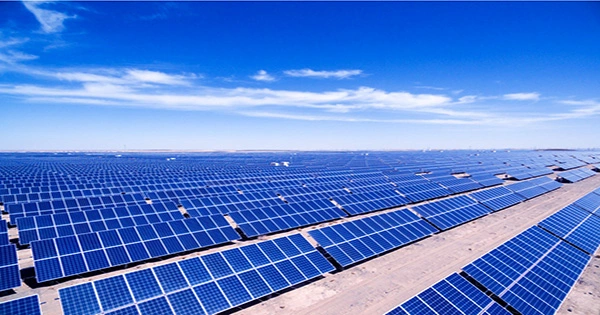Is the transformation of one business into a wind energy giant a hint of a shifting scenario for oil companies?
rsted, the world’s largest offshore wind farm developer was formerly known as DONG—Danish Oil and Natural Gas. The corporation, which was founded in the 1970s to develop and manage Denmark’s oil and natural gas resources, expanded into the electrical industry in the 2000s. Coal was the preferred fuel for the majority of that power.
However, times were changing. Climate laws in Denmark and the EU began to tighten in the late 2000s. The construction of a new coal-fired power station in Northern Germany was hampered by fierce community opposition. DONG’s management took a risk in 2009. They understood that the world was changing and, rather than swimming against the river, decided to prepare for a world in which green investments would pay dividends and brown investments would get stranded.

The “85/15” vision of DONG aimed to shift the company’s activities from 85% fossil to 85% green. In the years thereafter, the company has been renamed rsted (after Danish scientist Hans Christian Rsted) and has quickly become a wind energy superpower.
Although it has been dubbed the “Tesla of offshore wind,” CEO Mads Nipper refuses to call his company the first “clean energy supermajor,” despite a significant annual investment in renewable energy—his ambition is to reach the investment budget of traditional oil and gas supermajors—tens of billions of dollars per year.
Is rsted’s situation a foreshadowing of what is to come for other oil companies? Undoubtedly, financial markets put pressure on them to modify how they function and what they invest in, but the solution is subtle and unique to each supermajor. Of course, rested is a bit of an outlier. The corporation was controlled by a stable and predictable government with strong climate aspirations, had prior experience with offshore wind in the 2000s, and faced no shareholder pressure even in the face of a major shift in direction.
So far, independent oil companies (IOCs) have faced a distinct set of incentives and reached a different set of conclusions. European IOCs, including as BP and Shell, have begun to spend significantly in low-carbon projects. BP declared in 2020 that it intends to become carbon-neutral by 2050 and to reduce oil and gas output by 2030. Shell has acquired electric vehicle charging companies and is a major player in North Sea offshore wind.
Nonetheless, the vast bulk of their investments continue to be in fossil fuels or other fuels with a non-zero carbon footprint. However, European IOCs fundamentally view themselves as green supergiants several decades from now.
They claim to have the scale and financial power, as well as experience with large infrastructure projects involving several contractors and stakeholders, to be successful during the energy transition. They have a highly skilled personnel, as well as good government contacts.
American IOCs like Chevron and ExxonMobil are less optimistic. They consider themselves as primarily experts in the production and distribution of oil and natural gas products, with no discernible competitive edge in the electrical industry. While they may be better suited for biofuels, carbon capture, and hydrogen, these are small and volatile sectors. Furthermore, they claim that investors can diversify by purchasing shares in specialized green energy companies.
The differences in perspective can be explained in part by the home markets of these companies. European IOCs are subject to increased regulation, litigation, and investor and employee pressure. Carbon markets and other climate legislation in Europe are becoming more stringent, and a Dutch court judgement deemed Shell “partially responsible” for climate change and ordered the firm to decrease its carbon emissions. Is it finally time for BP and Shell to announce an rsted-style transformation?
Recent events indicate that the answer is “not yet.” When oil companies began reporting record profits earlier this year, BP reacted that it needed to “help provide the energy the world needs,” and lowered its objective for reducing internal emissions from 35% to 20%-30% by 2030. Other corporations have also stated that convincing shareholders to abandon highly profitable oil and gas investments will be difficult.
This episode demonstrates how investor pressure can be applied in a variety of ways. Climate risks are increasingly being factored into financial markets and investment decisions, according to emerging data. However, if the core business appears to be highly profitable despite such perceived risks, there is additional pressure on enterprises to maintain the status quo.
Climate risk is primarily a regulatory issue for oil businesses. Low-carbon policies can alter the profitability of brown vs green energy. There is no magic trick if we actually want financial markets to force oil majors to become green superpowers sooner—we need more aggressive climate legislation.












